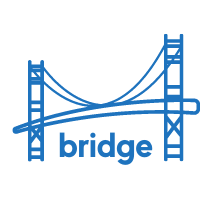The APA is making substance use disorder treatment easier. They are advocating for screening, brief intervention, and referral to treatment (SBIRT) services to be a service mental health professionals can bill insurance for. Many of us already provide these services through the course of our work without receiving compensation. Specifically, many of us screen for substance use during the intake process. We also provide referrals to higher levels of care when applicable.
So how does SBIRT differ from traditional models for substance use? For the most part, it doesn’t! It simply begins with asking the right questions (a.k.a. screening) to determine if further assessment is needed. If it is, mental health professionals should follow using risk assessments. Sounds like exactly what you are already doing, right?
This next part is where SBIRT diverts from traditional approaches. At this point, clients generally fall into one of two categories: Has an addiction or doesn’t have an addiction. In this model, clients can engage in risky behaviors and receive intervention without having an addiction. This may include interventions such as Motivational Interviewing that help the clients understand how their actions line up with their goals and values.
If the client does need more intensive treatment, SBIRT encourages mental health professionals to have referrals prepared for all levels of care that provide quality treatment. It also includes an understanding of the treatment facilities that allows you to answer general questions the client might have. For instance, knowing what insurance each program accepts, whether they specialize in a specific diagnosis, what services are provided, and their locations.
Pros: We can receive greater compensation for work we have already been doing! Billing codes for these services is located on the SAMHSA website. The SBIRT model is more inclusive of the range of people who use substances, from recreationally to detrimentally. Because of this, clients who do not met criteria for a substance use disorder(s) can have greater access to preventative care.
Limits: A large amount of leg work may be initially necessary to identify high-quality treatment programs in your area. Some insurance companies may not provide reimbursement unless certain requirements are met.
SBIRT is a more inclusive approach to assessing and addressing substance use disorders. It views substance use as a spectrum instead of dichotomous and it allows for prevention to take a greater role in treatment.









